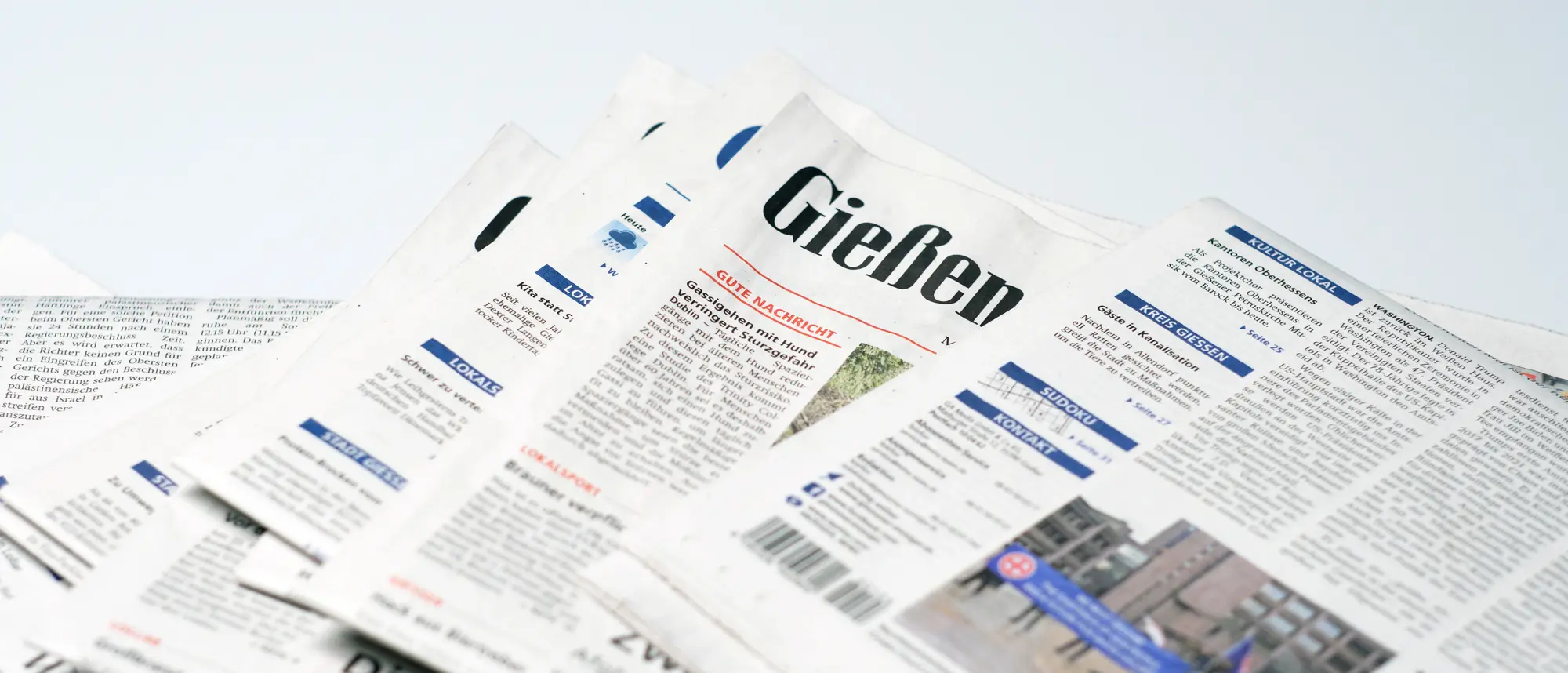Stadtwerke Gießen offers homeowners a helpful service in the form of an individual refurbishment roadmap.
-owners a helpful service.
Anyone who heats their home with fossil fuels in Germany has been paying a price forCO2 since 2021. The aim of this unpopular measure is to gradually make natural gas and heating oil more expensive. This is intended to motivate homeowners to modernise the energy efficiency of their properties. Which, objectively speaking, would certainly be desirable. After all, practically all experts diagnose a refurbishment backlog, especially in residential buildings. Clearing this backlog and thus reducing the heating requirements of residential buildings is an effective lever for achieving climate targets. However, such refurbishment poses a problem for many people. After all, bringing your own largely uninsulated four walls up to the latest energy standards costs a lot of money. But doing nothing is not an option either. Because then heating could become a luxury for many - because the costs are constantly rising.
A veritable dilemma. But one from which there is a way out. The Federal Ministry for Economic Affairs and Climate Protection has initiated the individualised renovation roadmap (iSFP) to make it easier for homeowners to renovate their homes. In simple terms, this is a guide for the energy-efficient modernisation of residential buildings. "Such an iSFP always takes into account the individual financial possibilities and puts the various upcoming measures in a sensible order," explains Astrid Weixler from the energy advice centre at Stadtwerke Gießen (SWG). As an energy efficiency expert listed with the German Energy Agency (dena), she is authorised to draw up individual renovation roadmaps.
More funding with the iSFP
SWG recently started offering the iSFP as a service. This should meet with brisk demand. "Experts assume that a good two-thirds of German residential buildings will require refurbishment in the next few years," says Astrid Weixler, adding: "Many owners feel overwhelmed by the task. Not only financially, but also because of the numerous legal requirements. We can provide solutions to both problems with our new service," promises Astrid Weixler.
Contrary to what the name suggests, the iSFP is not limited to the various refurbishment measures themselves and their logical sequence. It also opens up access to significantly higher state subsidies. In fact, once an iSFP has been submitted, the subsidies for the measures recommended in it - such as insulating the façade, replacing external doors and windows or hydraulically balancing the heating system - increase from 15 to 20 per cent. However, the second positive aspect of the iSFP should prove to be far more effective: If the roadmap is in place, the upper limit of the maximum eligible costs increases from 30,000 to 60,000 euros. Last but not least, an iSFP makes it possible to combine programmes from the Federal Office of Economics and Export Control, better known as BAFA, and the KfW development bank. "These noticeably higher bonuses alone make the iSFP so interesting," says Astrid Weixler.
The path to the iSFP
Every iSFP is preceded by a precise analysis of the building fabric and the heating system. Consequently, Astrid Weixler always needs an on-site appointment during which she inspects and assesses all the details. During these home visits, she always asks about personal wishes and discusses the possible financial framework. "The latter is of central importance," summarises the energy efficiency expert. This is because the iSFP shows which modernisation measures will result in which savings. "Very few people will probably be able to finance everything at once," surmises Astrid Weixler. "But the iSFP clearly shows which measures are particularly worthwhile - in other words, where the greatest savings can be achieved with limited funds." Astrid Weixler focuses specifically on this important information in the personal discussion that is part of every iSFP.
A good investment
SWG charges 1,640 euros for an iSFP. Upon application to BAFA, the state will contribute a maximum of 650 euros, which will be transferred after the documents have been checked. But even without this subsidy, the iSFP is a really good investment. Due to the increase in the maximum eligible costs and the five per cent bonus on the subsidy itself, an iSFP usually more than pays for itself with the first modernisation measure.

